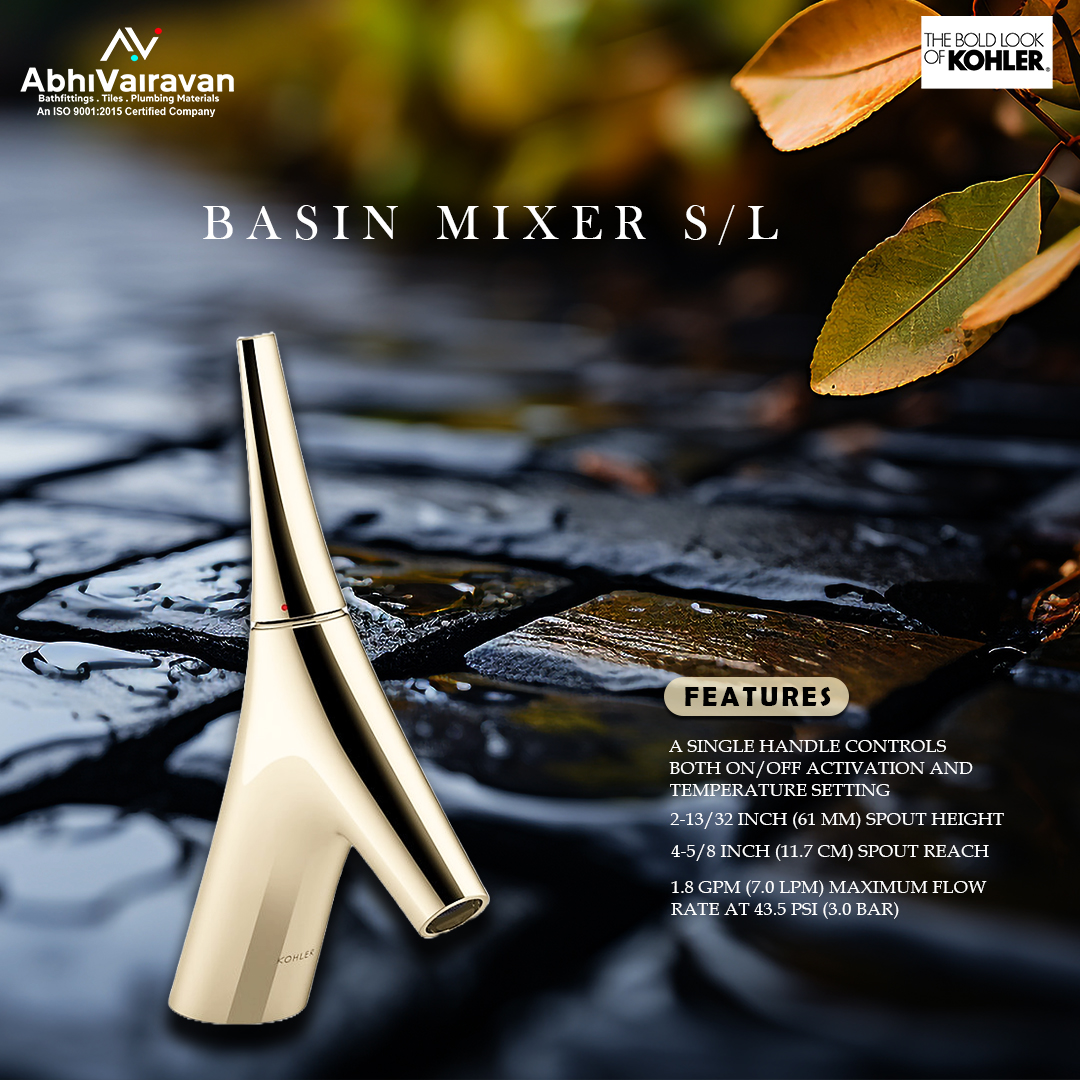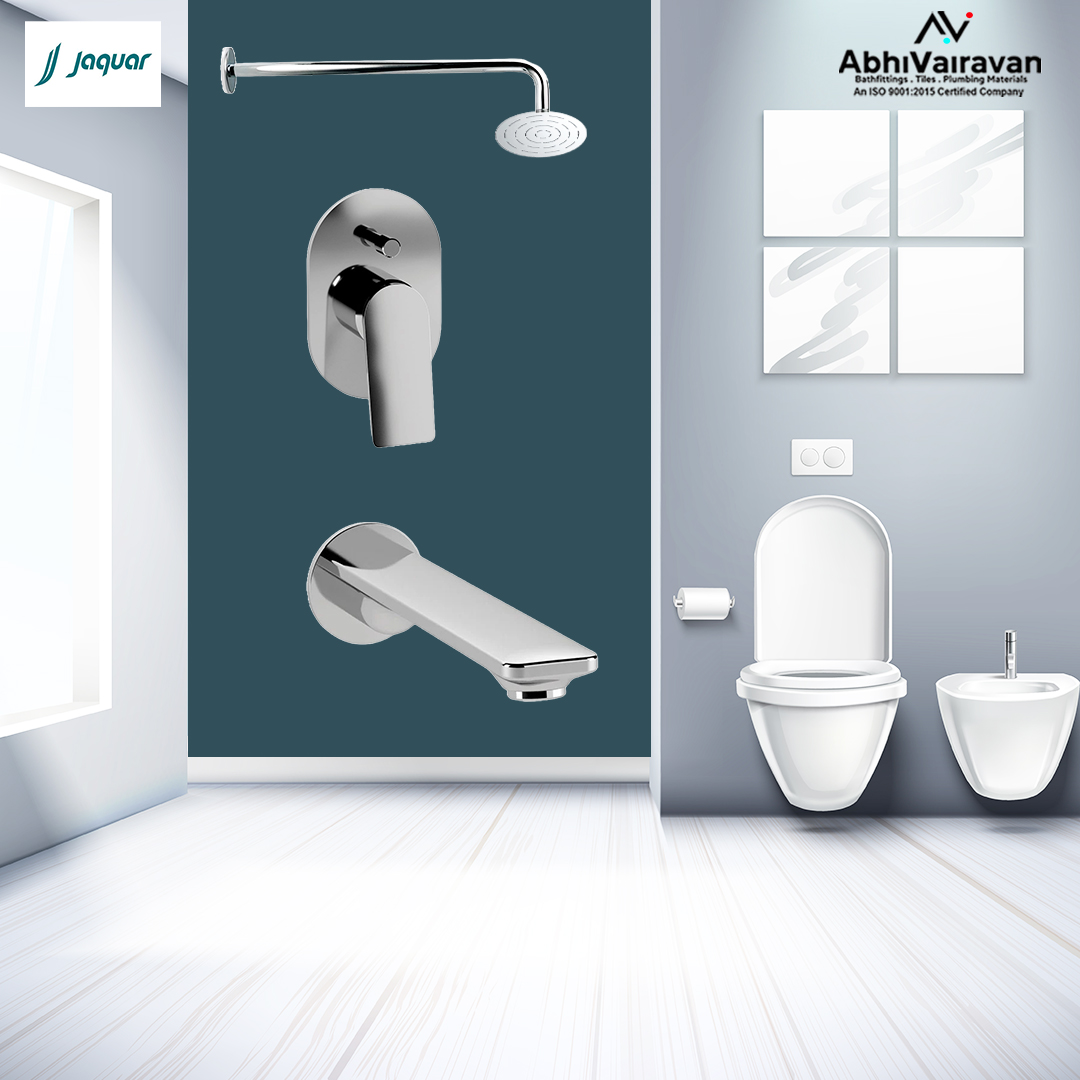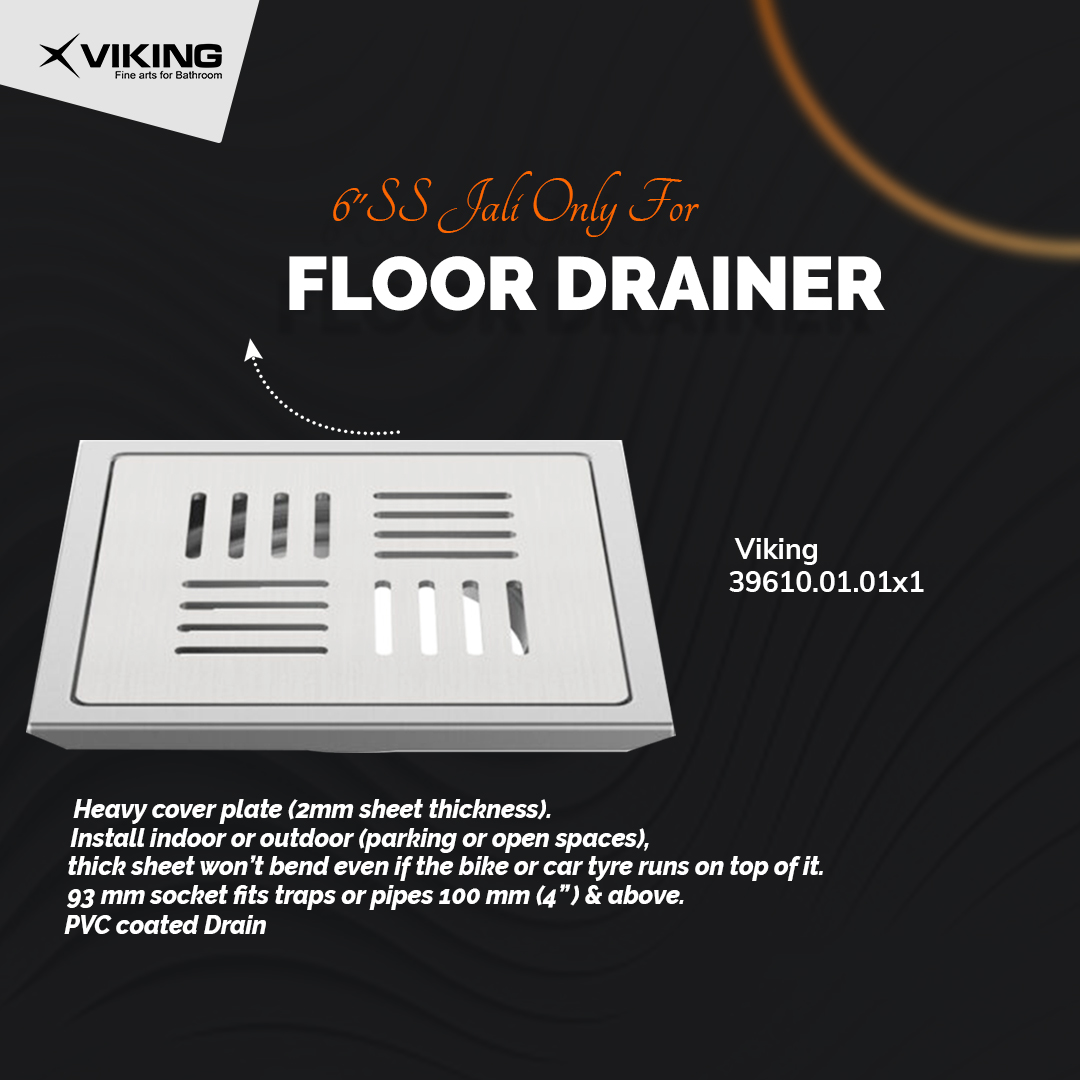
Why Your Kitchen Sink Choice Matters: Expert Tips
When it comes to designing a kitchen, many homeowners focus on countertops, cabinetry, and appliances, often overlooking one of the most vital components: the kitchen sink. While it may seem like a minor detail, the kitchen sink is a cornerstone of functionality in any kitchen. From washing dishes to prepping food, it’s an essential part of daily life. Choosing the right kitchen sink is critical for ensuring both practicality and aesthetics in your space. This blog post will guide you through expert tips on why your kitchen sink choice matters and how to select the best one for your home.

1. Functionality Comes First
A kitchen sink’s primary role is functionality. Before you even consider aesthetics, it’s important to think about how you use your kitchen sink and what features will make your daily tasks easier. Do you cook large meals and need extra space for washing pots and pans? Do you prefer a deep basin for soaking dishes, or do you need a double sink to keep food preparation and cleaning separate? The way you use your sink should be the main factor in your decision.
For instance, a large farmhouse-style sink with a deep basin might be perfect for those who frequently cook large meals, while a smaller single basin sink might be suitable for compact kitchens or homeowners who prefer a minimalist look. Consider how often you use your kitchen sink and the types of tasks you need it for before narrowing down your choices.
2. Size and Configuration: Getting the Fit Right
The size and configuration of your sink should be determined by the layout of your kitchen, the size of your family, and how you use your sink. A common mistake homeowners make is choosing a sink that is either too small or too large for their countertop space. The size of the sink should proportionally match your countertop and kitchen layout.
Single-Bowl vs. Double-Bowl Sinks: Single-bowl sinks are ideal for small kitchens or homes where counter space is at a premium. They provide a sleek, modern look and are often easier to clean. However, if you frequently multitask in the kitchen, a double-bowl sink might be a better option. Double-bowl sinks allow you to separate cleaning and food preparation, offering greater flexibility.
Undermount vs. Drop-In Sinks: Undermount sinks are installed underneath the countertop, providing a seamless look and making it easier to wipe down countertops. Drop-in sinks, on the other hand, have a lip that sits on top of the countertop. While drop-in sinks are easier to install and more affordable, undermount sinks offer a more modern and streamlined appearance.
3. Material Matters: Durability and Style
The material of your kitchen sink significantly affects its durability, ease of maintenance, and aesthetic appeal. Each material offers different benefits, so it’s important to choose one that matches your lifestyle and kitchen design.
Stainless Steel: One of the most popular choices for kitchen sinks, stainless steel is durable, affordable, and resistant to rust and stains. It’s a great option for modern or industrial-style kitchens. The downside is that it can be prone to scratches and water spots, but choosing a brushed or satin finish can help minimize these issues.
Cast Iron: Known for its durability and timeless appeal, cast iron sinks are coated in enamel and available in a variety of colors. They are resistant to scratches and can handle heavy use, but they are heavier than stainless steel sinks, requiring extra support in installation.
Granite Composite: Granite composite sinks are a blend of granite stone and resin, offering a durable, heat-resistant, and scratch-resistant option. These sinks have a natural stone appearance and come in a range of earthy tones, making them ideal for contemporary or rustic kitchens. They tend to be pricier than stainless steel sinks, but they offer long-lasting durability.
Fireclay: Fireclay sinks, made from clay that is fired at high temperatures, are similar in appearance to cast iron but are lighter and more resistant to chips and scratches. These sinks are popular in farmhouse and traditional-style kitchens due to their classic look and durability.
4. Style and Design: Enhancing Your Kitchen’s Aesthetic
Your kitchen sink plays a pivotal role in enhancing the overall look of your kitchen. The style you choose should blend seamlessly with the design of your cabinets, countertops, and faucets to create a cohesive look.
Farmhouse Sinks: Also known as apron-front sinks, farmhouse sinks feature a deep, wide basin and an exposed front panel that adds a rustic or vintage charm to any kitchen. While they are traditionally associated with country-style kitchens, they have gained popularity in modern designs as well, due to their versatility and capacity for handling large cookware.
Modern Sinks: If you’re aiming for a sleek, minimalist kitchen, consider a modern sink design with clean lines and sharp angles. Stainless steel and granite composite sinks are perfect for achieving this look. Pairing the sink with contemporary faucets and fixtures can further enhance the streamlined aesthetic.
Traditional Sinks: Traditional-style kitchens benefit from the elegance of a fireclay or cast iron sink. These materials are not only durable but also offer a classic appeal that complements wood cabinetry, ornate handles, and vintage-inspired fixtures.

5. Ease of Maintenance: Keeping It Clean
No one wants a kitchen sink that requires constant scrubbing to maintain its appearance. Different materials require varying levels of maintenance, so consider how much time you’re willing to dedicate to keeping your sink clean and looking new.
- Stainless Steel: While stainless steel is relatively low-maintenance, it does show water spots and fingerprints more easily than other materials. Regular cleaning with a gentle cleanser and wiping it dry after use can help keep it looking its best.
- Granite Composite: Granite composite sinks are highly resistant to stains and scratches, making them a low-maintenance choice. However, they do require regular cleaning to prevent build-up from hard water, and it’s best to avoid harsh chemical cleaners that can damage the surface.
- Cast Iron and Fireclay: These sinks are both resistant to stains and scratches, but they require gentle cleaning to avoid damaging the enamel finish. Avoid abrasive cleaners or scrubbers, and opt for non-abrasive sponges and soap-based cleaners instead.
6. Faucet Compatibility: An Overlooked Factor
When choosing a kitchen sink, it’s easy to overlook the importance of faucet compatibility. The sink and faucet need to work together to provide maximum functionality and style. Some sinks come with pre-drilled holes for faucets, while others may require custom drilling depending on the type of faucet you choose.
- Single-Hole vs. Multi-Hole Faucets: Consider whether you prefer a single-hole faucet for a minimalist look or a multi-hole faucet for additional features like a sprayer or soap dispenser.
- Pull-Down vs. Pull-Out Sprayers: For added convenience, many modern kitchen faucets come with pull-down or pull-out sprayers, which make it easier to rinse dishes and clean the sink. If you have a deep sink, a pull-down sprayer is ideal for reaching into the basin, while pull-out sprayers are more flexible for shallow sinks.
7. Budget Considerations: Balancing Cost and Quality
While it’s tempting to opt for the most affordable option, choosing a cheap kitchen sink can lead to higher costs down the line due to repairs or replacements. When selecting a kitchen sink, balance cost with quality. Stainless steel sinks tend to be the most affordable, while materials like granite composite and fireclay come at a higher price point but offer superior durability and aesthetic appeal.
If you’re working with a limited budget, prioritize functionality over style, and look for high-quality materials that will stand the test of time.
8. Installation and Replacement: DIY vs. Professional Help
Installing a kitchen sink can be a complex process, especially if you’re replacing an old sink or upgrading to a different type of material. While drop-in sinks are relatively easy to install as a DIY project, undermount sinks, farmhouse sinks, and heavier materials like cast iron and granite composite may require professional installation to ensure proper support and sealing.
Before making your final decision, factor in the cost and complexity of installation. Hiring a professional can save you time and frustration, as well as ensure the longevity of your kitchen sink.
Conclusion
The kitchen sink is more than just a utility; it’s a focal point of your kitchen that serves both functional and aesthetic purposes. By considering factors like size, material, configuration, and style, you can choose a sink that meets your needs and enhances your kitchen’s design. Whether you’re drawn to the timeless elegance of a farmhouse sink, the sleek look of stainless steel, or the durability of granite composite, selecting the right kitchen sink is essential for creating a kitchen that works for you and your family.




